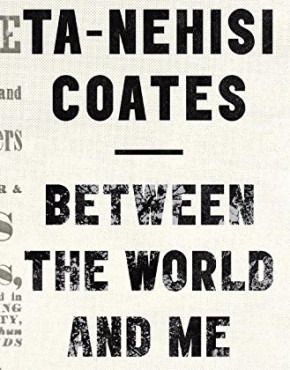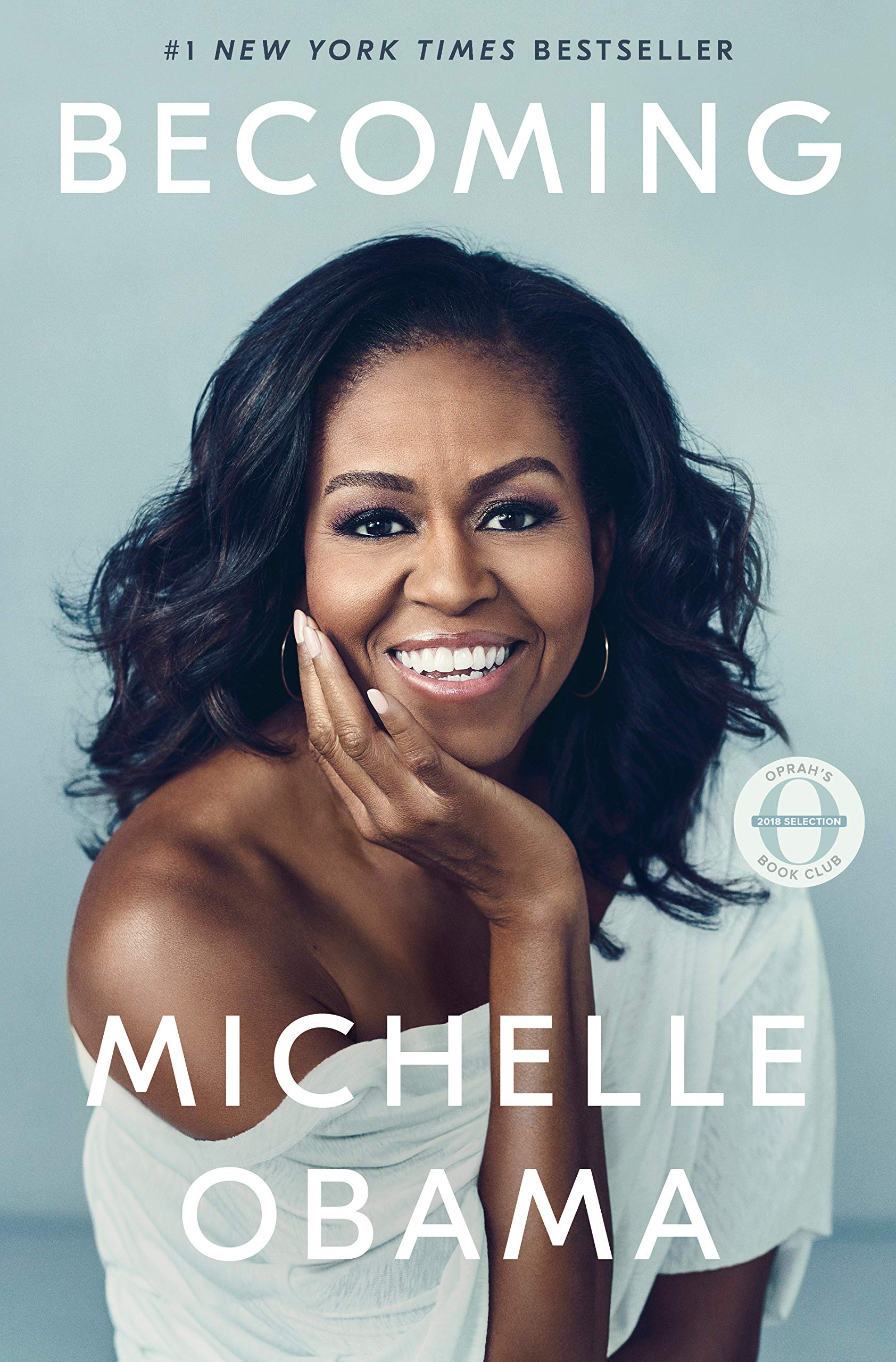Can someone help me out? I don’t remember who recommended this book to me, but I want to thank them. Here’s the setting: myself and an intelligent woman I know are sitting at a wooden table across from each other, drinking beer. We are talking about books and she tells me about Finding the Mother Tree – how it’s about the ancient tree deep in old forests that shares information throughout the forest. The mother tree teaches younger trees and helps to raise them. I look at my friend with skepticism. “It’s a real thing!” she says, and tells how the author – originally from the logging industry – did decades of research to eventually learn this. The thing is, I do not remember who this woman was or where we were! At the Biergarten with Shelley? At the Public Market with Jess? At a pub with Jen? All three of them deny that they have read it. Regardless, I recently picked up the book by Suzanne Simard to learn what it was all about.
Finding the Mother Tree: Discovering the Wisdom of the Forest is part memoir and part history of Simard’s research on fungal networks in forests. It took me almost half the book to get used to the memoir part; I think I wasn’t expecting it, and initially it felt weirdly stilted and forced. Once it clicked, however, I realized how vital it was to the story as a whole…
Simard realized when she was working as a silviculturist that the young trees planted in clear-cut areas where the old growth had been removed were sickly and dying. She had a hunch about the fungus she saw growing at the base of healthy trees and embarked on research… eventually doing Master’s work, and Doctoral, and Post-Doc research. She learned how certain species of fungus help trees to share water and nutrients. How they can give and take depending on which trees are more in need at different times, or on the strengths and weaknesses of different species of trees. Trees can even share warnings about threats – helping to prevent deaths from oncoming insects and more. Reading about her research was exciting: the next piece of the sophisticated communication via the “wood wide web” already starting to come into view as the previous piece was placed. It was also hopeful: understanding the deep level of connectivity and symbiosis at play in nature was somehow comforting. The confirmation that forest life is just as vibrant and wise as you *feel* it is when you step into the woods feels… well, it feels like rediscovering religion in a way.
It is the trees that bring together Simard with her family and friends and lovers. It is the trees that teach Simard how to cope with the untimely death of her younger brother, mere months before his only child was born. It is the trees that teach Simard how to let go of her marriage when it was dying in order to put new life into her children and into other relationships where it was needed. It was the trees (yes, and her loved ones) that taught her how to rebuild after she battled cancer, and to maintain connections with a family spread across Canada and the US. When she first found a mother tree in an area of old growth, it was the trees that reaffirmed her role as a mother. Her life – *all* of our lives – reflects the life of the forest. They complement and help each other. And most hopeful of all, they show signs that we can adapt and grow in a changing world, by sharing ourselves. Nature has so much to offer us – if we are willing to open ourselves up to accept it.
This is a fascinating and important book for understanding forest ecosystems and the world at large. It is easy to compare this book to Braiding Sweetgrass by Robin Wall Kimmerer; both are a blend of memoir and science writing and reflections on growing things. Finding the Mother Tree has more of an overarching “plot”, whereas Kimmerer’s book is a collection of essays. For people who started to feel bogged down in the middle of Braiding Sweetgrass, tiring of the essays which started to feel too-similar after a while, Finding the Mother Tree may be more for you. Kimmerer is more of a poet and a better writer (which is more to my taste) and so I still think of Braiding Sweetgrass as my favorite between the two. Maybe picking favorites isn’t right… maybe they complement and support each other, like the Three Sisters. Kimmerer’s writing is sprinkled with Ojibwe words and Simard’s with French-Canadian sayings – these are the flowers growing over the moss, and their research is the fruiting bodies. And that is nourishing, body and heart, to those of us who open up to receive it.







